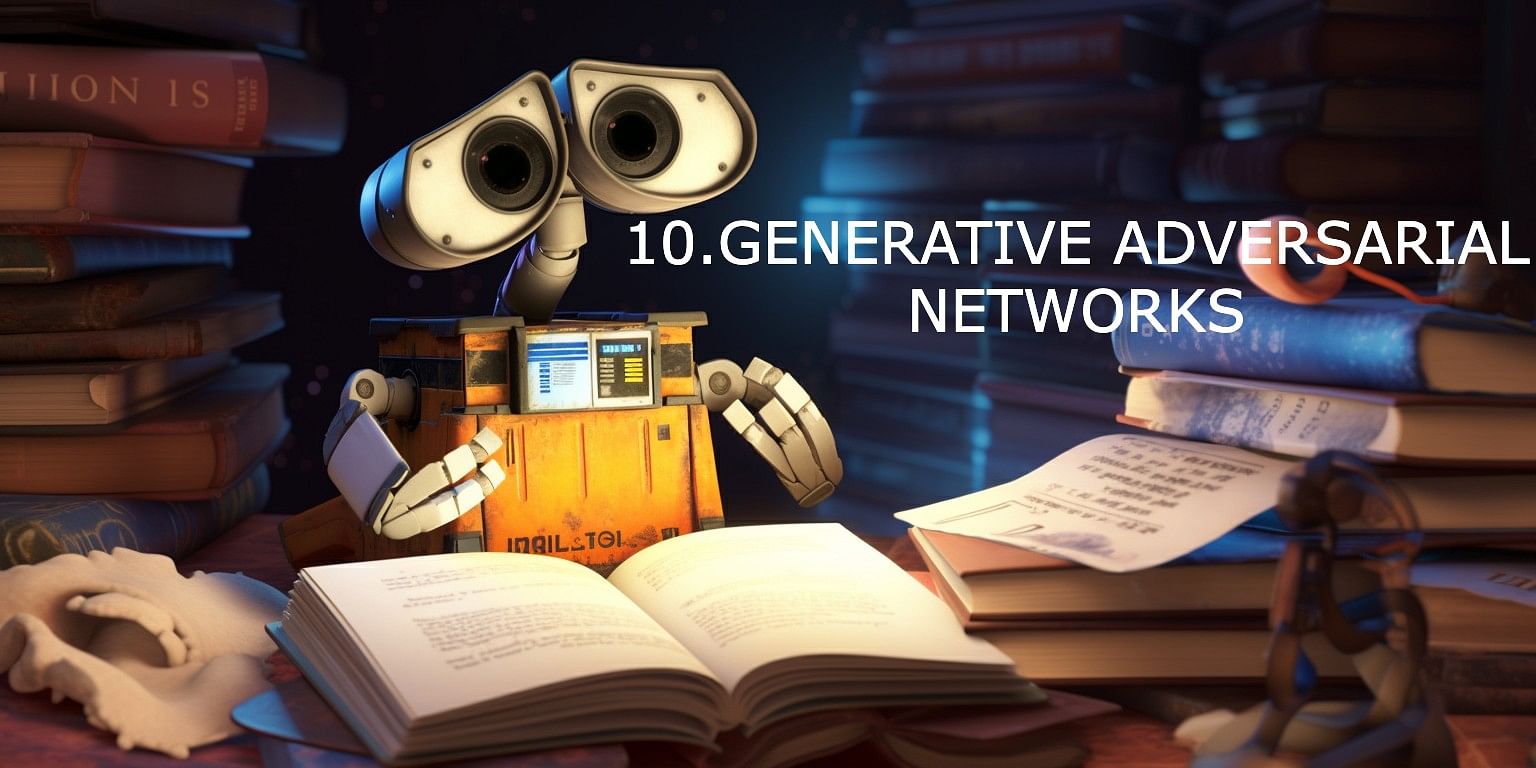Generative Adversarial Networks (GANs) have revolutionised the world of artificial intelligence by enabling the generation of realistic synthetic data samples. From generating photorealistic images to creating new music, GANs have proven their significance in a wide range of applications. In this article, we will explore the concept of GANs, their architecture, and their implications in various industries.
Body:
GANs consist of two neural networks: a generator and a discriminator. The generator creates fake data samples, while the discriminator evaluates the authenticity of these samples. These networks are “adversarial” because they compete against each other, with the generator trying to create realistic samples and the discriminator trying to identify fake ones. This competition leads to the continuous improvement of the generated data until it becomes difficult to distinguish between real and fake samples.
The idea behind GANs was introduced by Ian Goodfellow and his colleagues in 2014. Since then, GANs have been used to create realistic images, generate new music, design 3D models, and even synthesise speech. Some popular GAN architectures include the Deep Convolutional GAN (DCGAN), the Wasserstein GAN (WGAN), and the Conditional GAN (cGAN).
GANs have had a significant impact across various industries. In the entertainment industry, they have been used to create new artistic content, such as paintings and music compositions. GANs have also found applications in healthcare, where they can generate realistic medical images for training purposes or simulate the effects of a drug on a virtual patient.
However, GANs are not without their challenges. The most prominent issue is the “mode collapse,” where the generator produces a limited variety of samples. Additionally, GANs can sometimes generate samples with noticeable artifacts or fail to generate realistic data. Researchers are continually working to improve GANs by addressing these challenges and exploring new architectures.
Conclusion:
Generative Adversarial Networks have opened up new possibilities for AI-generated content and have a wide range of applications across industries. While they have some limitations, ongoing research and development are expected to yield even more impressive results in the future.
In future articles, we’ll dive deeper into some of the other AI terminologies, like Support Vector Machines, Bayesian Networks, and Swarm Intelligence. We’ll explain what they are, how they work, and why they’re important. By the end of this series, you’ll have a solid understanding of the key concepts and ideas behind AI, and you’ll be well-equipped to explore this exciting field further.










